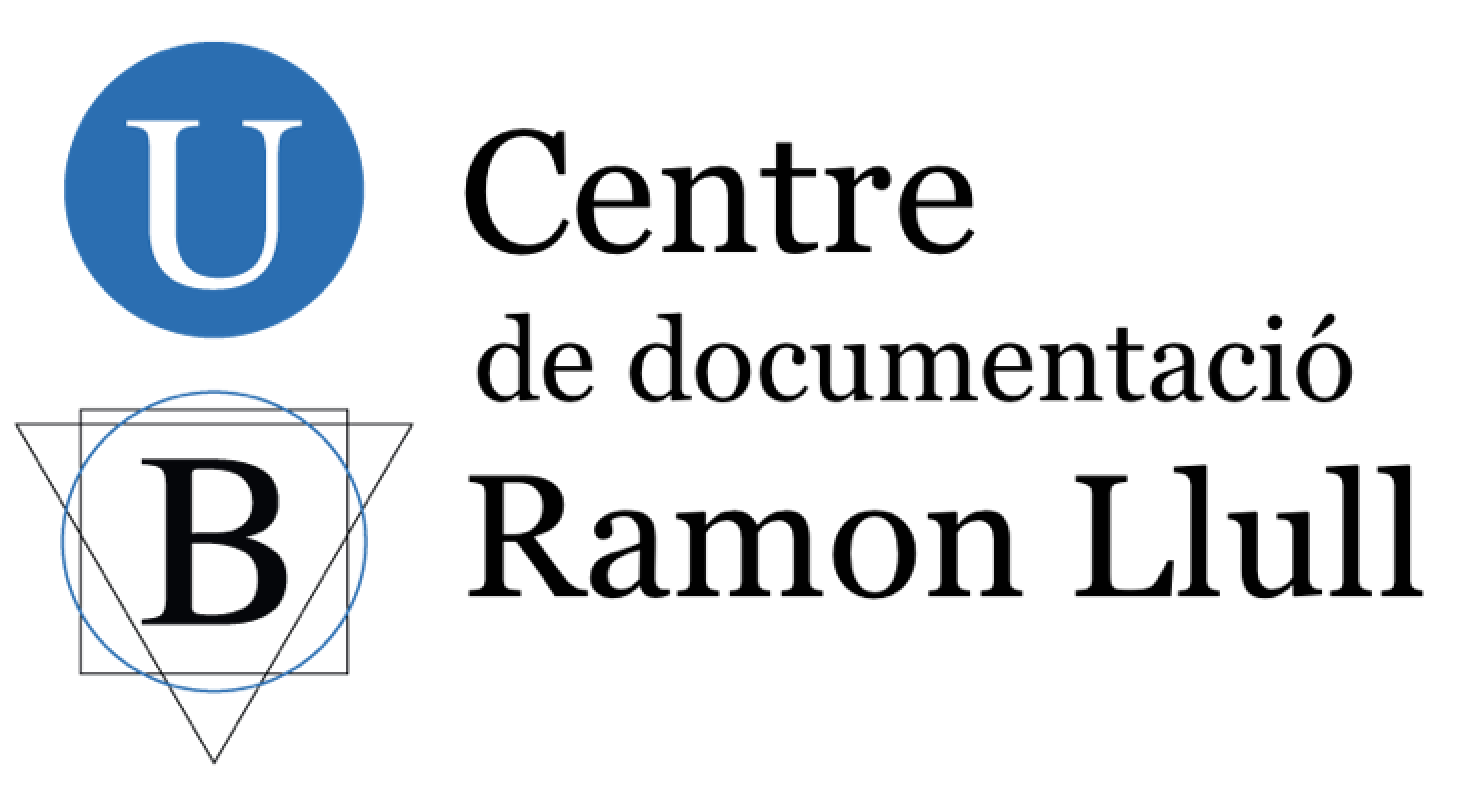|
Darrera modificació: 2023-12-05
Bases de dades: Sciència.cat
Cifuentes i Comamala, Lluís, "El receptari mèdic baixmedieval i renaixentista: un gènere vernacle", dins: Badia, Lola - Cifuentes, Lluís - Martí, Sadurní - Pujol, Josep (eds.), Els manuscrits, el saber i les lletres a la Corona d'Aragó, 1250-1500, Barcelona, Publicacions de l'Abadia de Montserrat (Textos i estudis de cultura catalana, 210), 2016, pp. 103-160.
- Resum
- "The late-medieval and Renaissance medical recipe book: a vernacular genre". — When analysing medieval texts, and modern ones too, we tend to label all collections of recipes as ‘recipe books' (Catalan receptaris). These can be works on medicine, cookery, alchemy or any number of other technical subjects, either in Latin or the vernacular, of varying length ranging from a handful of recipes copied into a miscellany to a full-volume monographic collection. In reality, though, they are works that belong to quite different genres. The ‘recipe book' label, then, does not correspond to a specific genre but rather alludes to the form of these works. Moreover, in modern Catalan, as well as in other languages, a ‘recipe book' is a collection of cookery recipes, but also a technical book for the management of a pharmacy workshop. With the sole exception of this second sense, ‘recipe book' is a term that was not used for these texts at the time they were produced, and which, although it does help to describe its contents to modern readers, nevertheless muddies the waters somewhat when we are trying to understand the development of certain genres which, in some cases, were in their early stages or which do not have modern equivalents. For people of the late Middle Ages, a ‘recipe book' was exclusively a technical manual written and used by apothecaries, a register of the doctors' prescriptions that were prepared and sold in the shop. We are not therefore dealing with a doctrinal work either for publication or for any practical application above and beyond its use in the apothecary's workshop. Furthermore, it appears at a time when the new late-medieval urban society was becoming increasingly medicalised, and was therefore demanding certain guarantees with regard to the practices of doctors and pharmacists. The Receptari de Manresa ['Manresa Recipe Book'] (1347–1348) is, possibly, the only surviving pre-modern witness of this genre, hardly surprising given that these works rarely outlived the apothecaries who compiled them. In pharmacy workshops, these works coexisted with and complemented other written records intended for their management, some of which have inappropriately been called ‘recipe books'. This article, for the first time in the Catalan context, provides a panorama of the full range of these books and documents. Beyond these apothecaries' works —and leaving aside technical crafts, alchemy and cookery— it was medicine, and in particular practical medicine, which was the area that generated most texts in the form of recipe lists and which, by assimilation with the works of apothecaries, we call ‘recipe books'. They were extremely utilitarian works which drew on the tradition of early-medieval monastic collections of recipes and on the works on practical medicine, notably the Thesaurus pauperum ['Treasure of Poor Men'], which were the products of the new university culture, and which had first and foremost a therapeutic aim, and the most extensive examples of which were called ‘books of recipes' or ‘books of medicines'. They were exponents of a discrete genre which began to take shape at that time as a basic medical tool for those outside the university system. To differentiate this type of work from the apothecaries' recipe book, we propose calling them ‘medical recipe book'. Two types are identified: one produced by non-university trained medical practitioners (surgeons and barber-surgeons) as a basic, everyday instrument for their professional practice which we call ‘professional medical recipe book'; and another produced by lay people as a tool that could guarantee medical first aid in the domestic setting, which we call ‘domestic medical recipe book'. In this article we study the origin of this medical genre, establish its general characteristics, and those of the two types,highlight its importance, given the poor regard in which it has often been held through lack of understanding, and we present a catalogue of extant Catalan witnesses and documentary attestations. Our analysis concludes that this genre, although not restricted exclusively to the vernacular, is found predominantly in the vernacular, is an eminently ‘vernacular' genre, not because of the language in which it is written, but because its origins, conception and final use lie outside the university sphere, containing as it does appropriate content not restricted to recipes. From this perspective, the poorly regarded recipe book becomes an invaluable representative of a ‘vernacular medicine', written by or for lay practitioners and people alike, echoing a similar vernacularization in the fields of philosophy and theology.
Resum en català 
- Matèries
- Medicina - Farmacologia
Fonts
Traduccions
Català
Màgia - Màgia mèdica i protectora
- Notes
- Ressenyes (vegeu també la fitxa del llibre):
* ACHV: Blog de l'Associació Catalana d'Història de la Veterinària  . .
Reimpr. dins Guardiola i Pereira - Cifuentes i Comamala - Sala i Pedrós (2023), El receptari de Joan Martina ....
- URL
- http://www.sciencia.cat/biblioteca/documents/Cifuen ...

|



